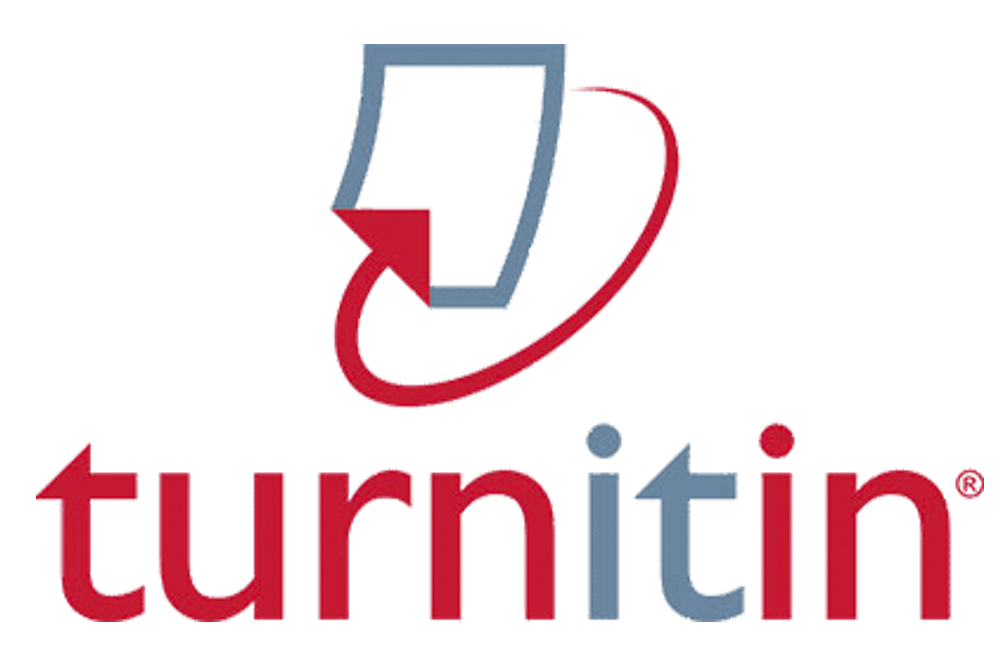ANALISIS FAKTOR TERPAAN BERITA HOAX COVID-19 MASYARAKAT HINDU KOTA DENPASAR
DOI:
https://doi.org/10.25078/anubhava.v2i2.1787Keywords:
Factor Analysis, hoax, Covid-19Abstract
In the middle of the Covid-19 pandemic situation, people are not calm and sad, as a result of the many hoax news circulating on social media. WhatsApp is one of the three social media most often used by Indonesians, especially Hindus in Denpasar City in seeking for information. Low media literacy of digital media is one of the main cause of the rampant spread of hoaxes. Therefore, it is important to monitor the factors that influence the exposure of Covid-19 hoax news circulating in the Hindu community of Denpasar City. Based on the background, the formulation of the problem was obtained, namely: What factors influence the exposure of covid-19 hoax news in the Hindu community of Denpasar City?. This research uses a combination research approach, with a sequential explanatory model. This research was conducted in Denpasar City with the target of the Hindu community of Denpasar City. This study used a sample of 384 respondents and 10 informants. Quantitative data collection techniques in this study are in the form of questionnaires and qualitative data in the form of in-depth interviews. As for the findings of the research results, the factors that influence the exposure of covid-19 hoax news to the Hindu community of Denpasar City are factors of self-concept and basic understanding of hoaxes. The self-concept factor reveals a person's ability to distinguish hoaxes, the intensity of receiving hoax information, knowing the initial source of the spread of hoaxes, and how to respond to themselves when receiving hoaxes. The basic understanding factor of hoaxes reveals how people's understanding or basic knowledge of hoaxes.
References
Asosiasi Media Siber Indonesia. 2019. Ini Usia yang Paling Rentan Kena Hoax. Diakses dari situs: https://www.amsi.or.id, diakses pada tanggal 30 April 2022.
Badan Pusat Statistik Provinsi Bali. 2020. Survei Sosial Ekonomi Nasional (SUSENAS) BPS Tahun 2020. Diakses dari situs: https://bali.bps.go.id, diakses pada 27 Maret 2022.
Badan Pusat Statistik Provinsi Bali. 2021. Angka Partisipasi Kasar Provinsi Bali Jenjang Pendidikan dan Jenis Kelamin. Diakses dari situs: https://bali.bps.go.id, diakses pada tanggal 27 Maret 2022.
Juditha, C. 2018. Interaksi Komunikasi Hoax di Media Sosial serta Antisipasinya. Jurnal Pekommas, 3(1).
Kementerian Komunikasi dan Informatika Republik Indonesia. 2020. Hasil Survei Indeks Literasi Digital Nasional2020, Akses InternetMakin Terjangkau. Diakses dari situs:https://kominfo.go.id/content/detail/30928/siaran-pers no149hmkominfo 112020-tentang-hasil-survei-indeks-literasi-digital-nasional-2020-akses- internet-makin-terjangkau/0/siaran_pers, diakses pada tanggal 20 Pebruari 2022.
Komariah, Kokom. 2019. Media Sosial dan Budaya Politik Generasi Milineal dalam Pemilu (jurnal). Bandung: Universitas Padjajaran.
Mastel. 2017. Hasil Survey MASTEL Tentang Wabah HOAX Nasional. Diakses dari situs: http://mastel.id/infografis-hasil-survey-masteltentang-wabah-hoax- nasional, diakses pada tanggal 12 Pebruari 2022.
Satuan Tugas Penanganan Covid-19. 2020. Peta Sebaran. Diakses dari situs: https://covid19.go.id/p/peta-sebaran, diakses pada tanggal 23 November 2022.
Utama, Putu Kussa Laksana. 2018. Indentifikasi Hoax pada Media Sosial dengan Pendekatan Machine Learning. Jurnal Widya Duta, 13(1).
Yusuf. 2020. Kominfo Temukan 1.401 Sebaran Isu Hoaks Terkait Covid-19. Diakses dari situs: https://aptika.kominfo.go.id/2020/05/kominfo-temukan- 1401-sebaran-isu-hoaks-terkait-covid-19, diakses pada tanggal 12 Pebruari 2022
Downloads
Published
Issue
Section
License
Copyright (c) 2022 Anubhava: Jurnal Ilmu Komunikasi HIndu

This work is licensed under a Creative Commons Attribution-NonCommercial-NoDerivatives 4.0 International License.
Anubhava: Jurnal Komunikasi Hindu is licensed under a Creative Commons Attribution-ShareAlike 4.0 International License. Permissions beyond the scope of this license may be available at Anubhava: Jurnal Ilmu Komunikasi















